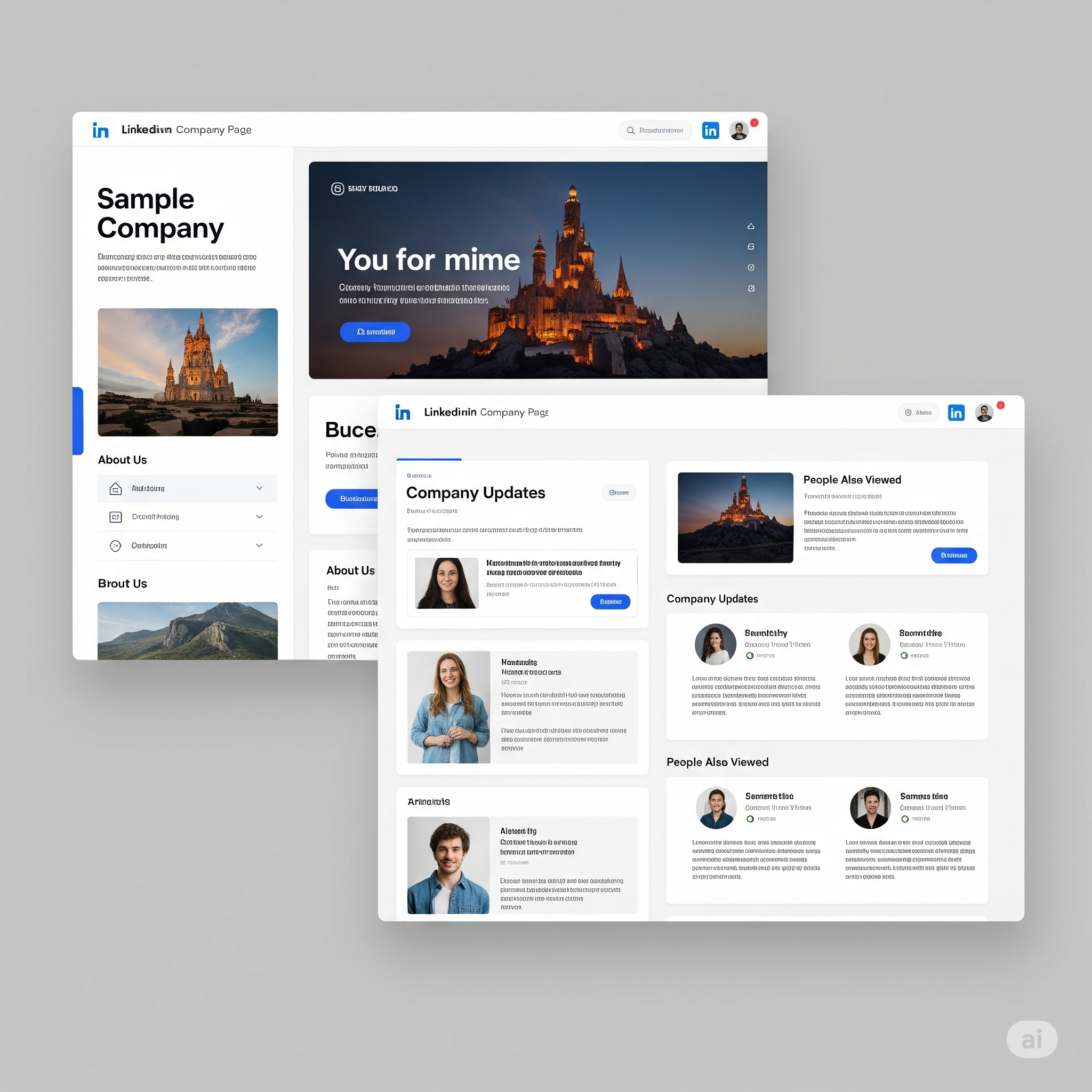There are certain things that only “inside” business-to-business (B2B) salespeople know. Unfortunately, this means new and inexperienced salespersons are at a disadvantage. But we're going to even score by revealing some of the trade secrets to B2B lead generation.
Join Relevant LinkedIn Groups
It takes more than just a generic profile to effective capture B2B sales leads on LinkedIn. Sure, some clients may reach out to you after reading your profile, but in most cases you'll have to engage directly with your target audience on LinkedIn. This is done by joining Linked groups that are relevant to your industry. If your company offers industrial construction services, for instance, join groups associated with industrial construction projects.
Ask Prospects for Specific Date/Time on Follow-Up Calls
When collecting information about prospective customers and clients, be sure to ask when is the best time to contact them. Whether you are talking to a prospect on the phone, online chat, email or even a simple “contact us” form, you should request a specific date and time for a follow-up conversation. Business owners and executives are often busy, in which case they may only have a narrow window of free time. As a salesperson, it's important to focus your marketing efforts on prospects when they are open to doing business.
Don't Give Up
Just because a prospect declines your offer doesn't necessarily mean that he or she is a lost sale, not yet at least. Many B2B salespersons make the mistake of calling leads only once, at which point they move on to the next lead. Several studies, however, have shown that salespersons who make six attempts to pitch their products or services to prospects experience higher sales volume. With that said, you should still maintain a balance by not forcing your products or services on the prospect.
Ask for Direct Numbers
In addition to asking for specific dates and times for follow-up calls, you should also ask prospects for their direct numbers. If you are forced to call a main office where the receptionist then connects you to someone else, and that person finally connects you to the prospect, you'll end up wasting a lot of time – time that could be spent pitching your products or services to other companies. But if you know the prospect's direct number, you can bypass these unnecessary steps while saving time and energy in the process.
What to learn more? Get in Touch





